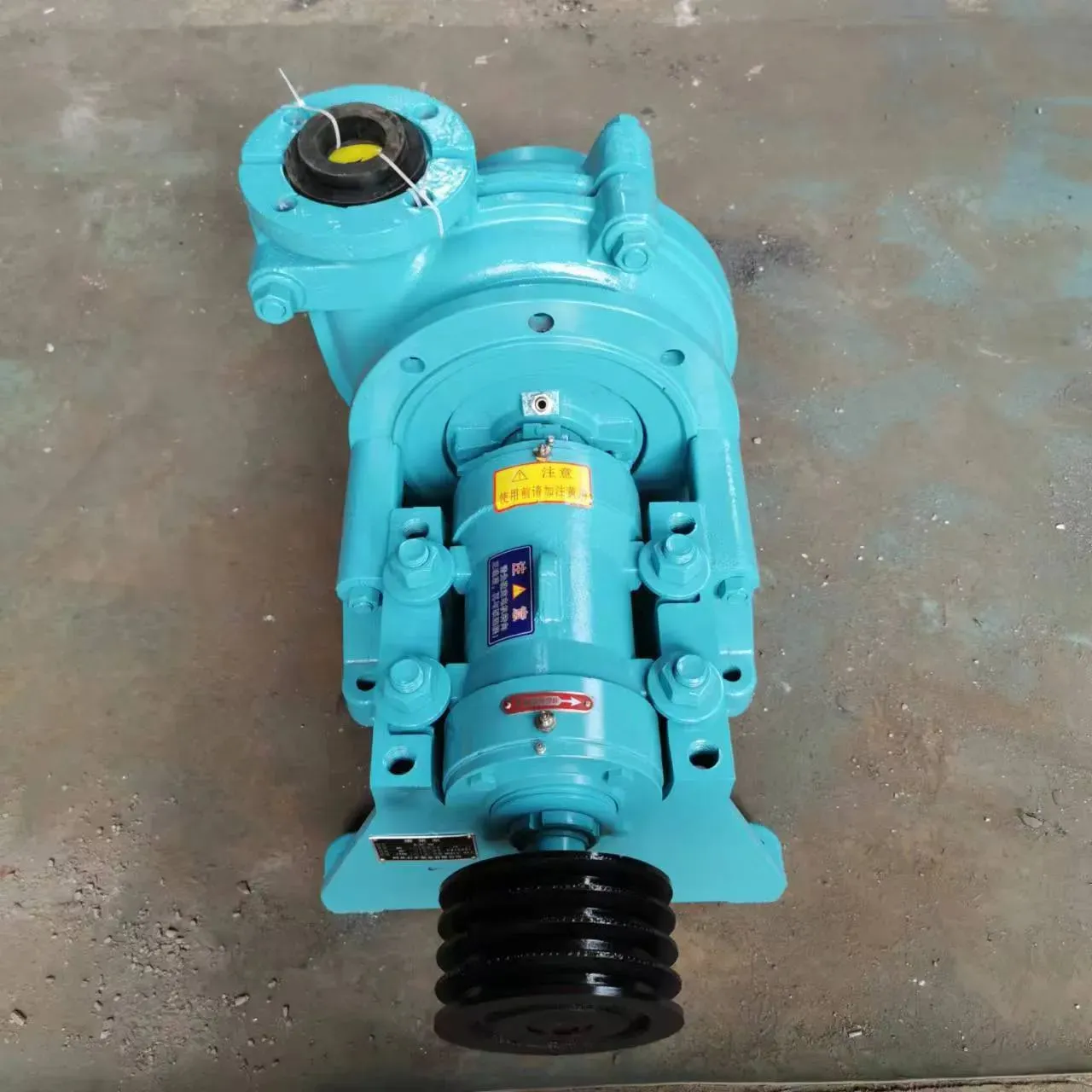Pashto
- Afrikaans
- Albanian
- Amharic
- Arabic
- Armenian
- Azerbaijani
- Basque
- Belarusian
- Bengali
- Bosnian
- Bulgarian
- Catalan
- Cebuano
- Corsican
- Croatian
- Czech
- Danish
- Dutch
- English
- Esperanto
- Estonian
- Finnish
- French
- Frisian
- Galician
- Georgian
- German
- Greek
- Gujarati
- Haitian Creole
- hausa
- hawaiian
- Hebrew
- Hindi
- Miao
- Hungarian
- Icelandic
- igbo
- Indonesian
- irish
- Italian
- Japanese
- Javanese
- Kannada
- kazakh
- Khmer
- Rwandese
- Korean
- Kurdish
- Kyrgyz
- Lao
- Latin
- Latvian
- Lithuanian
- Luxembourgish
- Macedonian
- Malgashi
- Malay
- Malayalam
- Maltese
- Maori
- Marathi
- Mongolian
- Myanmar
- Nepali
- Norwegian
- Norwegian
- Occitan
- Pashto
- Persian
- Polish
- Portuguese
- Punjabi
- Romanian
- Russian
- Samoan
- Scottish Gaelic
- Serbian
- Sesotho
- Shona
- Sindhi
- Sinhala
- Slovak
- Slovenian
- Somali
- Spanish
- Sundanese
- Swahili
- Swedish
- Tagalog
- Tajik
- Tamil
- Tatar
- Telugu
- Thai
- Turkish
- Turkmen
- Ukrainian
- Urdu
- Uighur
- Uzbek
- Vietnamese
- Welsh
- Bantu
- Yiddish
- Yoruba
- Zulu
Telephone: +86 13120555503
Email: frank@cypump.com
Nov . 12, 2024 15:38 Back to list
sump pump ejector pump
Understanding Sump Pumps and Ejector Pumps A Comprehensive Overview
When it comes to managing water in residential and commercial properties, sump pumps and ejector pumps play crucial roles. Although they serve different purposes, both types of pumps are essential for ensuring that basements, crawl spaces, and other low-lying areas remain dry and free from water damage. In this article, we will delve into the characteristics, functions, and differences of sump pumps and ejector pumps, as well as their importance in water management.
What is a Sump Pump?
A sump pump is a device designed to remove accumulated water from a sump basin, often found in the basements of homes. The primary function of a sump pump is to prevent flooding and water damage during heavy rain or melting snow. Sump pumps are typically installed in a pit at the lowest part of a basement or crawl space, where water naturally collects.
There are two main types of sump pumps submersible and pedestal. Submersible pumps are installed below the waterline and can be submerged in water, while pedestal pumps are situated above the sump basin and use a long shaft to draw water from the pit. Most residential sump pumps are activated by a float switch that detects rising water levels, automatically turning the pump on and off as needed.
What is an Ejector Pump?
Ejector pumps, on the other hand, are designed for a different purpose. These pumps are used primarily for removing wastewater and sewage from areas below the sewer line, such as basements where a bathroom or laundry room might be installed. When gravity cannot assist in moving sewage to the main sewer line, ejector pumps come into play, ensuring that waste is properly disposed of.
Ejector pumps operate using a motor-driven impeller that creates enough pressure to push waste and water up and out of the basement and into the sewer system. Like sump pumps, ejector pumps also rely on a float switch to monitor water levels, but instead of just simply removing water, they handle fluids that may contain solids and other debris.
Key Differences Between Sump Pumps and Ejector Pumps
sump pump ejector pump

While both sump pumps and ejector pumps serve vital roles in water management, their primary differences lie in their functionality and the type of fluids they handle
.1. Purpose The sump pump is primarily used for drainage and flood prevention by removing excess water, whereas the ejector pump is designed for effectively removing wastewater that may contain solids.
2. Location Sump pumps are generally installed in basements to protect against precipitation and groundwater, while ejector pumps are often found in areas with plumbing fixtures below the sewer line, such as basement bathrooms.
3. Fluid Type Sump pumps deal with clean or relatively clean water, while ejector pumps handle sewage and wastewater, making them necessary for residential plumbing in lower areas.
Importance of Sump and Ejector Pumps
Both sump pumps and ejector pumps are essential components of a healthy building infrastructure. Sump pumps help prevent water damage, mold growth, and structural issues that can arise from excessive moisture in basements. Ejector pumps, on the other hand, play a vital role in ensuring that wastewater is correctly and efficiently removed from homes, preventing potential health hazards associated with sewage backup.
Incorporating proper pump systems in your property not only enhances its longevity but also provides peace of mind for homeowners, especially in areas prone to flooding or where plumbing systems are dependent on gravity drainage.
Conclusion
In summary, understanding the differences and functions of sump pumps and ejector pumps is crucial for effective water management in homes and businesses. By knowing how these pumps operate and where they are most beneficial, property owners can make informed decisions about their installation and maintenance. Investing in the right pump system not only protects your property from water-related problems but also enhances the overall safety and comfort of your living environment. Whether you're dealing with stormwater flooding or the need to handle sewage, sump and ejector pumps are indispensable allies in the battlefield against unwanted water.
-
Custom Drilling Mud and Slurry Pump Supplier - High Efficiency, Tailored Solutions
NewsJun.10,2025
-
Supply Vertical Submersible Sewage Pump High-Efficiency WQ/QW Pumps Supplier
NewsJun.10,2025
-
Premium Sewage Ejection System & Pumps Efficient Waste Removal
NewsJun.09,2025
-
Premium Wholesale Slurry Pump Impellers Durable & Efficient Slurry Handling
NewsJun.09,2025
-
Top Sewage Pump Companies Durable Industrial Solutions for Efficiency
NewsJun.09,2025
-
Heavy Duty Slurry Pumps - OEM High Performance & Bulk Wholesale
NewsJun.09,2025










